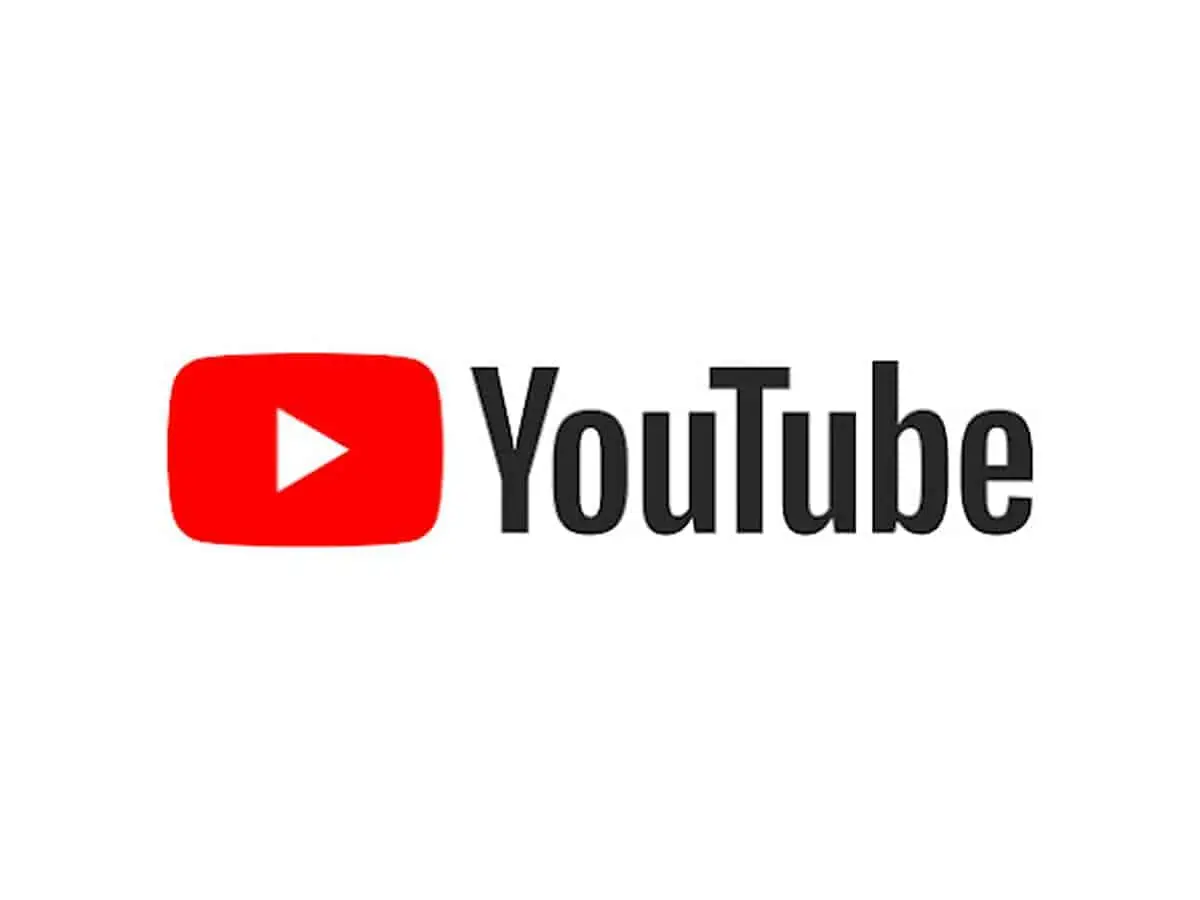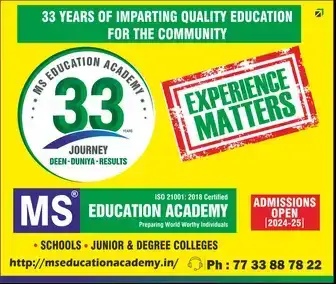
May sound strange nevertheless true.
Against the general perception the fact is that the opposition’s point of view is now getting more media attention than during the parliamentary election held in 1977 just after the relaxation of Emergency and during the Shining India days of Atal Bihari Vajpayee in 2004.
In contrast, in the 1989 and 2014 elections the print and electronic media respectively played a pivotal role in bringing down the then government—thanks to the freedom they enjoyed. Had they not forcefully raised the Bofors kick-up issue against the Rajiv Gandhi government and not highlighted India Against Corruption campaign against Manmohan Singh rule perhaps it would not have been possible for V P Singh and Narendra Modi to come to power.
But to understand this reality one will have to appreciate what the media actually stands for today. Unlike on the previous occasions there is—notwithstanding strict government restrictions and curbs—enough scope for alternative views to come out. Advancement made information and communication technology made this possible.
In spite of all out efforts to control and arm-twist the media hordes of independent YouTubers, podcasters and bloggers, living in India or abroad, are fighting a fierce battle on behalf of the opposition parties. This was not at all possible in the past, especially on the eve of the 1977 election.
Censorship in the past When censorship was imposed after the declaration of Emergency late on June 25, 1975 night newspapers were ordered to literally black out all the news, editorials, and opinion articles which were against the then Indira Gandhi government.
Some of the newspapers considered critical of the then government were forced to close down their publications for a couple of days. When they re-appeared they apologized to the readers for the inconvenience. All the newspapers were reduced to government pamphlets. There were a handful of magazines which too were compelled to toe the government line. There was no private television channel and Doordarshan was virtually non-existent.
In the name of alternative to print media, there was radio journalism. The government-controlled All India Radio and Aakashvani used to broadcast news in Hindi, English, Urdu and other regional languages.
Thus, there was no scope at all for the independent voice to get space. For listening to the uncensored news one had to either tune to morning or evening BBC London, Voice of America or German Radio programmes in Hindi, Urdu and several other languages spoken in the Indian sub-continent. English language news-bulletin was available round-the-clock from the UK, America, Australia and even Radio Moscow, which was then under the control of Communist regime. In these international broadcasts India rarely figured. In fact, Radio Pakistan, Bangladesh or Nepal would give some coverage to the happenings in India, obviously for their own political interest. The nature of programmes of Ceylon Radio was somewhat different.
So, in the absence of any independent alternative it was very easy to muzzle the opposition or independent voices.
Mandir- Mandal years
However, a decade after the lifting of Emergency the print media went all out against powerful Rajiv Gandhi, whose Congress party crossed 400-mark in the 1984 parliamentary election. This led to his defeat in the November 1989 election. But it is other thing that by 2004 when Atal Bihari Vajpayee was still in power, the court gave a clean chit to Bofors deal.
The print media independently reported Ram Mandir movement which led to the demolition of the Babri Masjid on December 6, 1992 and subsequent riots. The government of the time was not spared, though it is also true that some newspapers indulged in communal reporting.
The implementation of the Mandal Commission report and the social tension which followed was also reported and the successive governments of the time were held responsible. Here too it was observed that there was some bias in favour of upper castes.
It was in the early 1990s that India witnessed the arrival of independent private television channels. By the turn of the century, they spread into the deep interior of the country. The television channels intensively reported the 1999 Kargil War and Gujarat riots of 2002.
Influencing Media
However, it was during this age of the growth of private electronic channels that the government of the day mastered the art of controlling and influencing the media. The climax came during the 2004 election when the ruling Atal Bihari Vajpayee government got disproportionately high time and space against the Congress led opposition. Yet the Shining India and Good Governance campaign could not yield the desired result.
Curiously, in neighbouring Pakistan powerful dictator Parvez Musharraf had to bow out of the office after the massive internet campaign against him in 2007-08. He lost the battle against the Chief Justice of the Supreme Court, Chaudhary Iftikhar, who enjoyed the backing of lawyers and politicians.
India Against Corruption Campaign
Here the 2011 India Against Corruption campaign would not have succeeded had the media, especially the television channels, not taken up the cause on the behalf of the opposition. The internet revolution helped build up a movement against the government across India.
However, after the advent of the Narendra Modi era in 2014 the scenario changed. Against the subtle way adopted by the previous Vajpayee government of influencing and controlling the media the present establishment resorted to a crude method of gagging the Press. Draconian measures were adopted and many journalists had to pay a heavy price. Gradually almost all the television channels started toeing the government line so did many newspapers, especially the vernacular ones. A couple of premier TV channels were taken over by the big industrial houses and old and reputed journalists were shown the door.
But what those in power failed to appreciate is that the media is a double-edged weapon. And in this era of open sky, it is very difficult to completely control independent voices.
In the initial years social media was used by the ruling establishment for the sake of propaganda.
After the advent of social media, the institutional trust has declined and the viewership of the established TV channels has come down sharply. Though they have substantial resources, these electronic channels have started losing their attraction.
In the last few years dozens of reputed journalists sacked by their new masters have established their YouTube channels, podcasts, and websites. Thus, started the counter-attack. Their viewers are in millions. Emboldened by the changing scenario some newspapers too are asserting themselves.
No doubt the government indulged in witch-hunting against many of them. But since their tribe is increasing fast and are professionally more equipped it is not an easy job to silence them. There is no room for Emergency type of absolute censorship nor is there any scope for highlighting just only the government side as during the 2004 election campaign.

